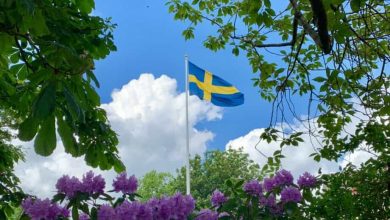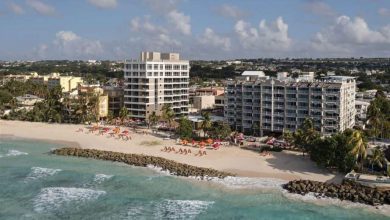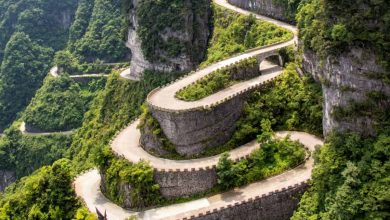Top 7 art and culture destinations in India
/ 2024-02-26 09:24:03
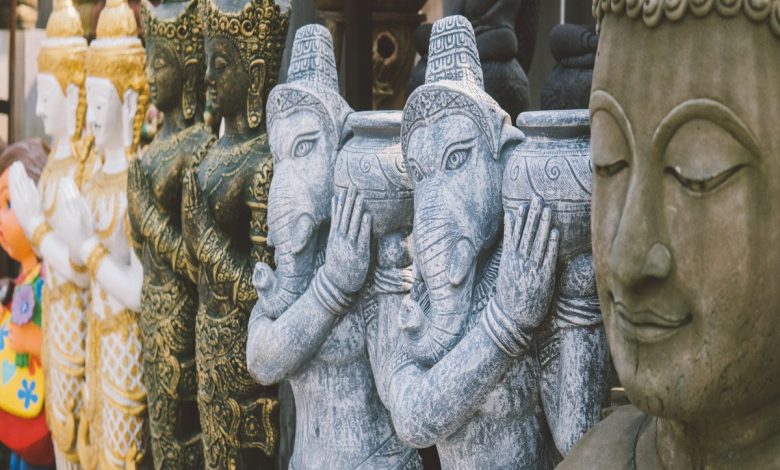
Diplomat.Today
Sunil Gupta
2024-02-26 09:24:03
——————————————-
With a documented history dating back more than five millennia, India is one of the greatest civilizations in the world. This amazing country is blessed with rich cultural diversity, ancient heritage and artistic legacy. A subcontinent of 1.4 billion people, India is home to a multitude of regional cultures, traditions and UNESCO World Heritage Sites that attract millions of visitors worldwide.
If India is on your 2024 bucket list, here is a list of the top 7 arts and culture destinations in the country.
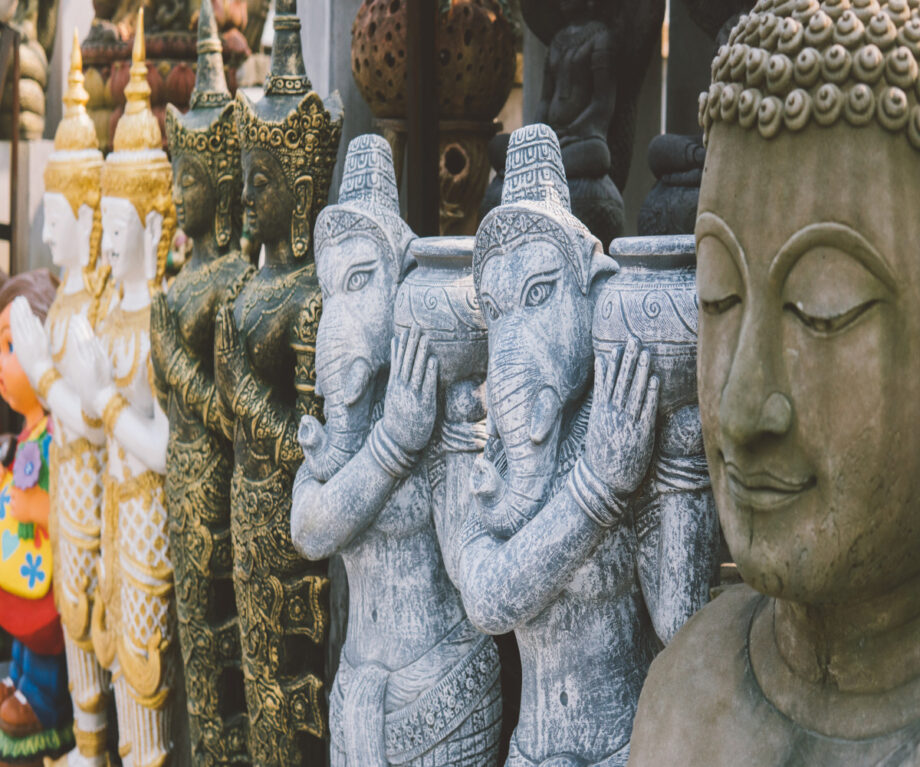
Jaipur, the “pink city of India”
Jaipur, the capital of Rajasthan, is the most royal city in India. Known for its majestic palaces and beautiful Havelis (former mansions), the ‘Pink City’ of Jaipur is known as the ‘Paris of India’.
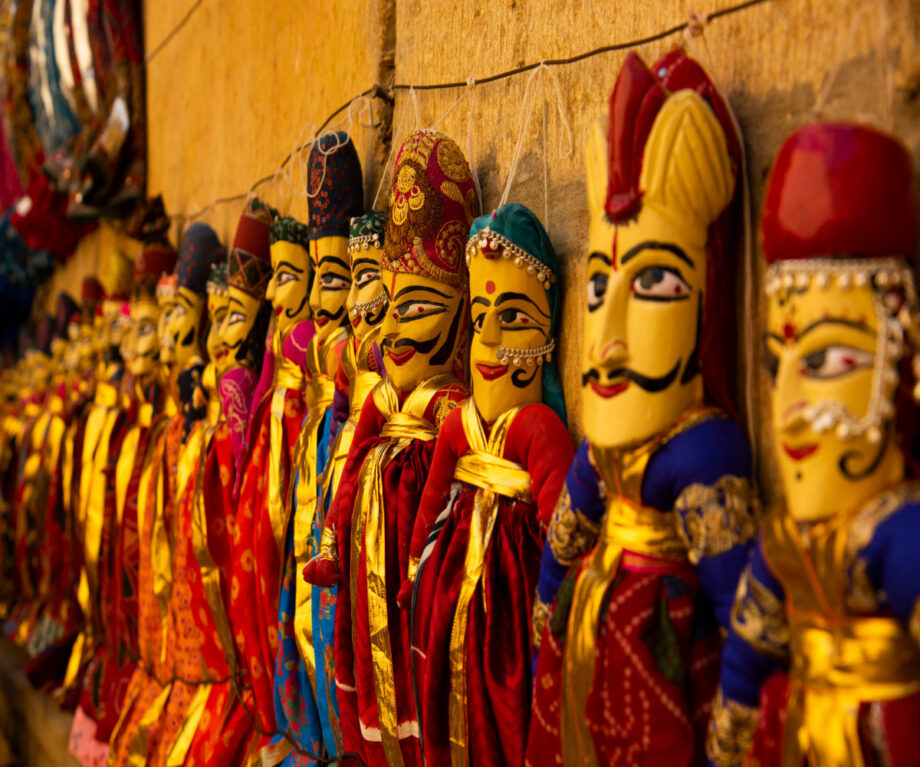

Together with Agra and Delhi, Jaipur is one-third of the three cities that make up the Golden Triangle Tourist Circuit, the most popular tourist circuit in northern India. As the cultural center of the Kingdom of Jaipur, this royal city was painted a shade of pink in 1876 AD in honor of Prince Edward’s welcome; pink is the color of hospitality in Rajasthan. Many of the historic sites have a visually appealing pink theme.
The most dazzling example of Jaipur’s artistic elegance is the residence of the Maharaja of Jaipur: the City Palace. Located within the walled city, the City Palace was commissioned by Maharaja Sawai Man sing II and was constructed in the 1720s. The towering six-story pink Hawa Mahal (Palace of the Winds) with its 950 jharokas (ornate windows) replicates the layout of the honeycomb and is a breathtaking spectacle.
Other great cultural attractions to visit in Jaipur include:
- The Amber Fort (former residence of the Maharaja).
- The Jantar Mantar Astronomical Observatory.
- The Jal “Water Palace” (located in the middle of Man Sagar Lake).
Delhi, the splendor of the sultanates, Mughal India and ‘New’ Delhi
Strategically located at the crossroads of Hindustan, Central Asia and Persia, Delhi was a major center of political intrigue, war, trade and cultural exchange. Many of the iconic landmarks such as the Qutb Minar, Lodhi Gardens, Humayun’s Tomb and the Red Fort were built during the Delhi Sultanate (1206 AD-1526 AD) and the Mughal era (1526-1761 AD).
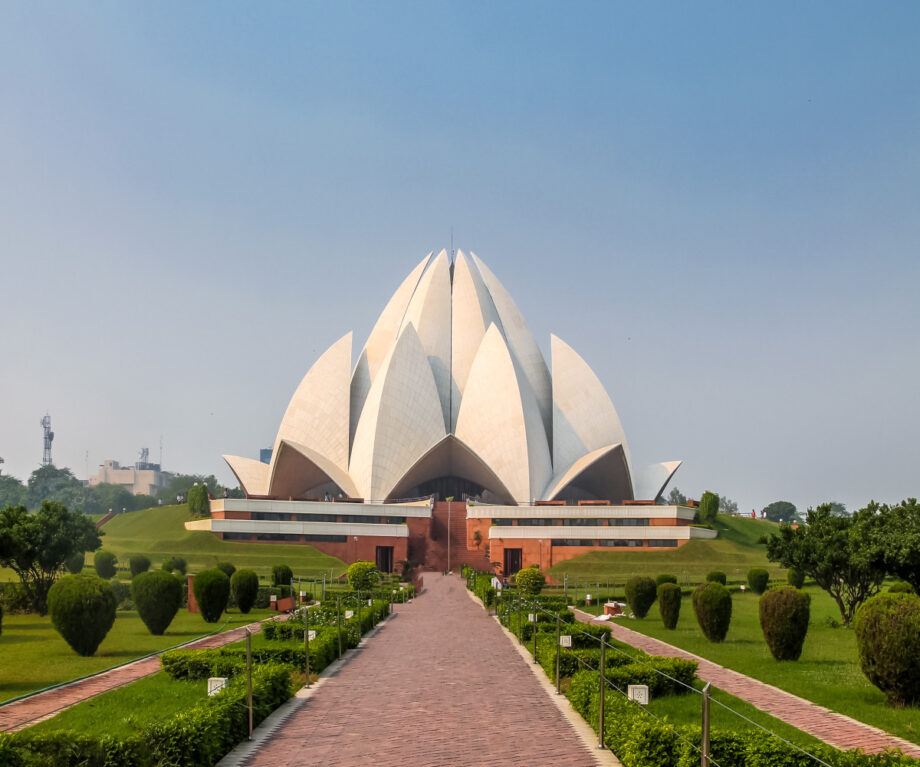

In the 20th century, the British Empire decided to move its capital from Calcutta to the north of the country and build a new city under the supervision of the great British architect Sir Edwin Lutyens.
New Delhi is now the face of contemporary India with iconic symbols of the Indian Federation such as the Rashtrapati Bhawan (President’s House), Rajpath (boulevard), Janpath and Connaught Place.
A city with a vast history and cultural heritage, Delhi is teeming with great museums, artistic wonders, temples, shrines, mosques, Gurudawaras and monuments.
Must-visit art and cultural attractions in Delhi
- Red Strong: Residence of the Mughal Emperors
- Humayun’s grave: Mausoleum of Emperor Humayun
- National Museum: Contains more than 200,000 items from over 5,000 years of history.
- Jami Masjid: The largest mosque in India.
- India Gate: World War I monument honoring the memory of slain Indian soldiers.
- Lodhi Gardens: Dating back to the Lodhi dynasty
- Lotus Temple: Important religious site of the Bahá’í Faith.
Khajuraho, Madhya Pradesh
The Khajuraho Group of Monuments (UNESCO World Heritage Site) dates back to the Chandela dynasty 885-1000 CE. The Khajuraho Temples, a group of ornate Hindu and Jain temples in the central Indian state of Madhya Pradesh, are notable for their vivid images of deities, graphic sexual imagery and erotic stone carvings.
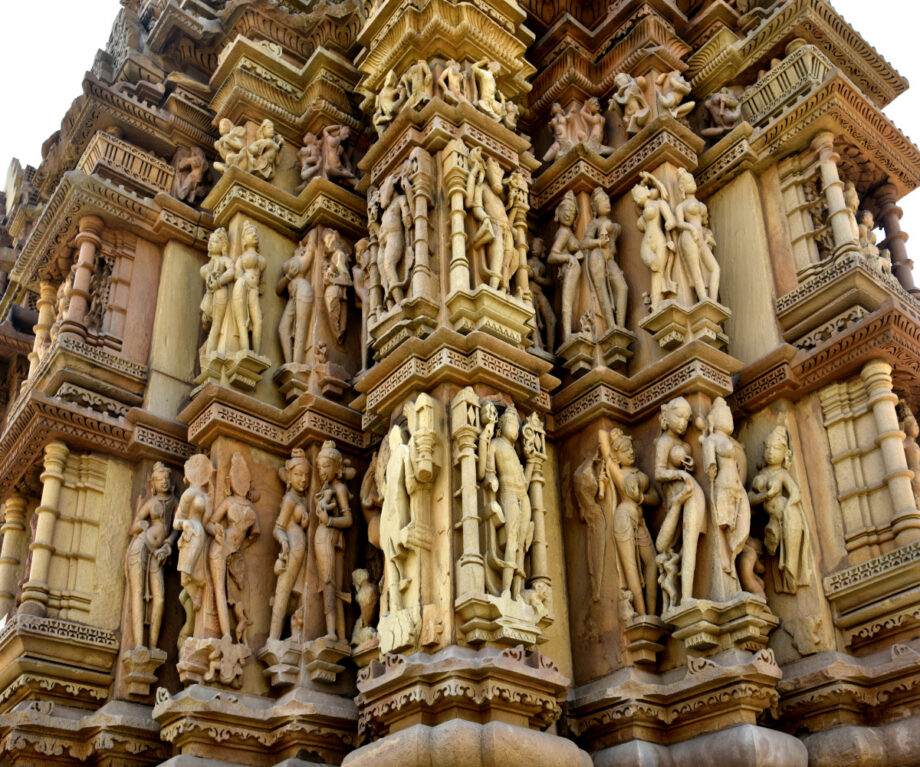

Built in the Nagara style of sculpture, these 25 temples cover an area of more than 20 square kilometers and are perhaps the greatest artistic expression of the Hindu faith. They were discovered in 1838 by British archaeologists. Historians believe that the graphic images on the walls of these temples are an attempt to please and entertain the gods. Others consider them visual representations of the ancient sacred text Kama Sutra.
The ancient city of Khajuraho is located between Agra (home of the Taj Mahal) and Varanasi (the spiritual capital of India). It is a great stopover for those visiting the Taj Mahal or Varanasi.
Calcutta, the ‘Cultural Capital of India’
Kolkata, formerly known as Calcutta, was the former capital of India under the British Empire. This iconic city in the eastern part of India still prides itself as the ‘Cultural Capital of India’ for its intellectual, artistic and historical heritage.
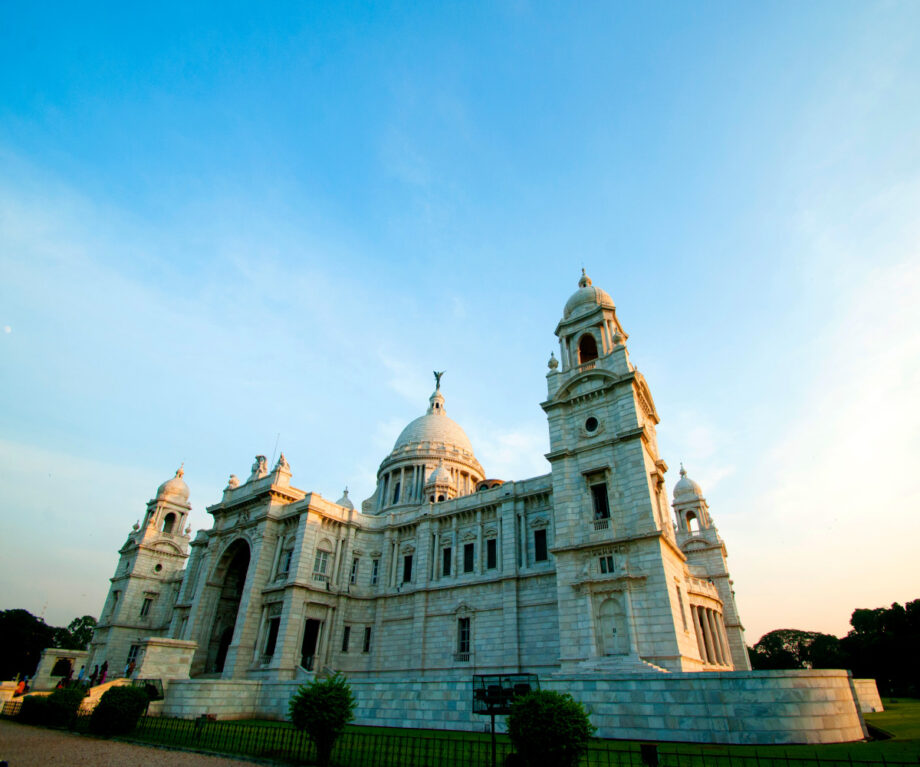

Kolkata is also known for its delicious food, love for literature, Bengali cinema, classical Indian music and dance, museums and colonial landmarks.
Must-visit art and cultural attractions in Kolkata
- Victoria Monument: Largest monument to a monarch in the world. The Victoria Memorial, a beautiful display in Indo-Saracenic style, is set within 64 hectares of landscaped gardens. The monument (built in 1903) now houses a museum.
- Howrah Bridge: Built in 1943 over the Hooghly River, this large steel bridge is the city’s most recognizable structure and a feat of modern engineering.
- Indian Museum: Founded in 1814 by the Asiatic Society of Bengal. The first museum was built in India.
- Birla Mandir: Hindu temple built in the 1970s. A great mix of Dravidian, Rajasthani and Utkala architectural forms.
- Fort William: First center of British colonial power in India.
Mumbai, the ‘city that never sleeps’
Mumbai, a bustling metropolis with more than 220 million inhabitants, is the economic center of India and the embodiment of the modern ‘Indian Dream’. The home of Bollywood, formerly known as Bombay, is known for its movie stars, celebrities, tech entrepreneurs, colonial art deco architecture and cultural landmarks.
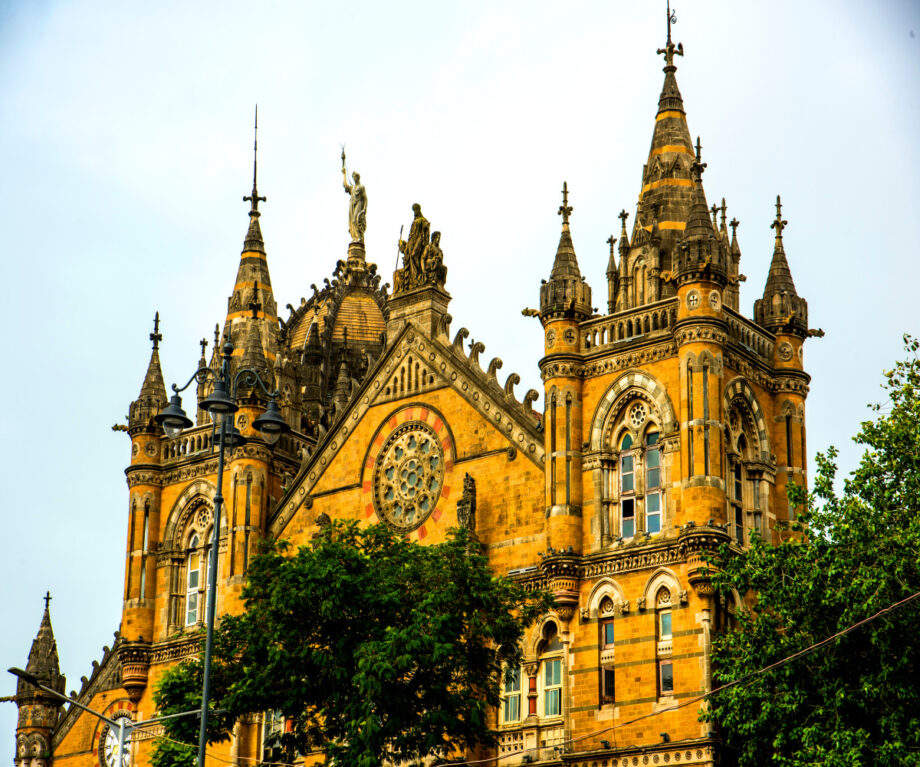

Must-visit art and cultural attractions in Mumbai
- Gateway of India: The Gateway of India, located at Apollo Bunder, is an arch monument built in 1924 to commemorate the landing of King George.
- Chhatrapati Shivaji Maharaj Endpoint: Formerly known as the Victoria Terminus, this UNESCO World Heritage Site (built in 1878-1887 AD) is a beautiful railway terminus in Italian Gothic style and is one of the city’s most beautiful sights.
- Kala Ghoda: Mumbai’s hip art district, known for its art festivals, art galleries, boutiques and chic restaurants.
- Shree Siddhivinayak Temple: Lord Ganesha Temple (built in 1801).
Ajanta and Ellora Caves, Maharashtra
The Ajanta and Ellora Caves (UNESCO World Heritage Site) are a collection of rocky but Buddhist and Hindu caves located in Aurangabad district (Maharashtra). The caves date back to the 2nd century BC (Ajanta) and the 6th century AD (Ellora) respectively. While the Ajanta site is largely Buddhist, the Ellora Caves bear Hindu and Jain influences.
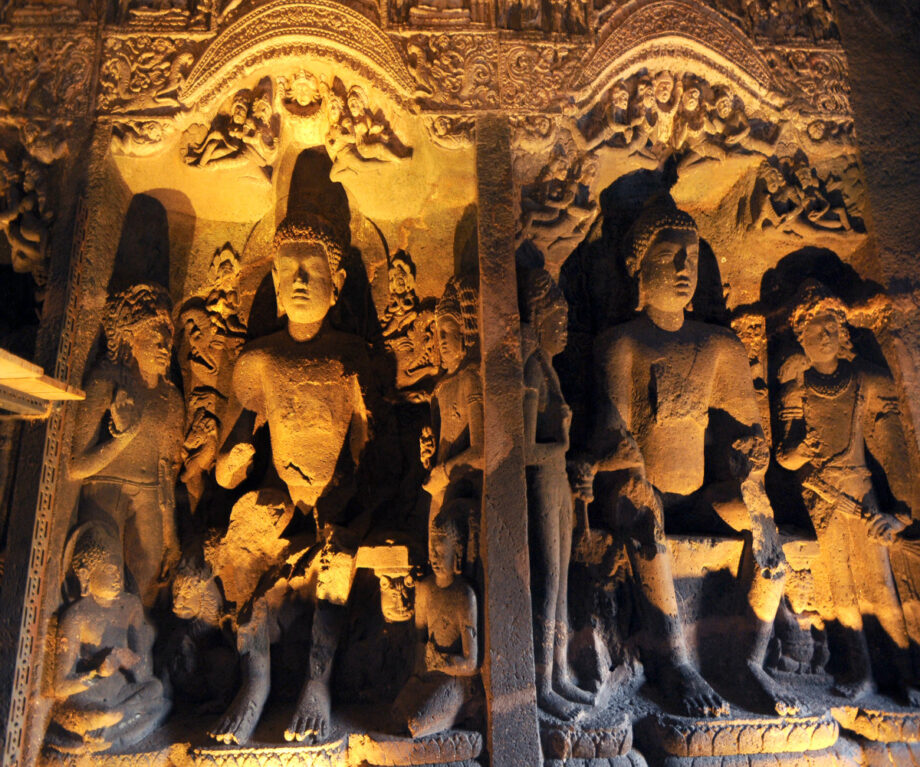

These cave art sites are considered among the “finest surviving examples of ancient Indian art, especially expressive paintings that depict emotion through gesture, pose and form.”
If you are interested in ancient art, do not miss the opportunity to visit the caves of Ajanta and Ellora.
Udaipur, Rajasthani Royal charm in the Venice of India
The “City of Lakes” Udaipur is considered one of the most romantic destinations in India.
Known for its picturesque lakes, majestic palaces, ornate temples and palatial Havelis, the historic capital of the kingdom of Mewar is a must-visit destination for art and culture lovers. Udaipur is also a great place to enjoy Rajasthani folk music, the cultural festivals of Mewar and the exciting famous ‘Ghoomar’ folk dance.


Must-visit art and cultural attractions in Udaipur
- City Palace: Residence of the Maharana of Udaipur. It was built in the 1550s and is considered a great exhibition of the Rajasthani architectural tradition.
- Jagdish Temple. 23 meter high temple, built in 1651, and an important cultural symbol of the city.
- Sahelion Ki Bari: “Courtyard of the Maidens” is a garden and courtyard built by Maharana Sangram Singh in the 1730s AD, for the queen and her handmaidens.
- –Bagore ki Haveli: Mansion built in the 1750s by the Prime Minister of Mewar, located on the banks of Lake Pichola at Gangori Ghat.
Did you like this article?
Receive similar content straight to your inbox.
Please enable JavaScript in your browser to submit the form
——————————————-


